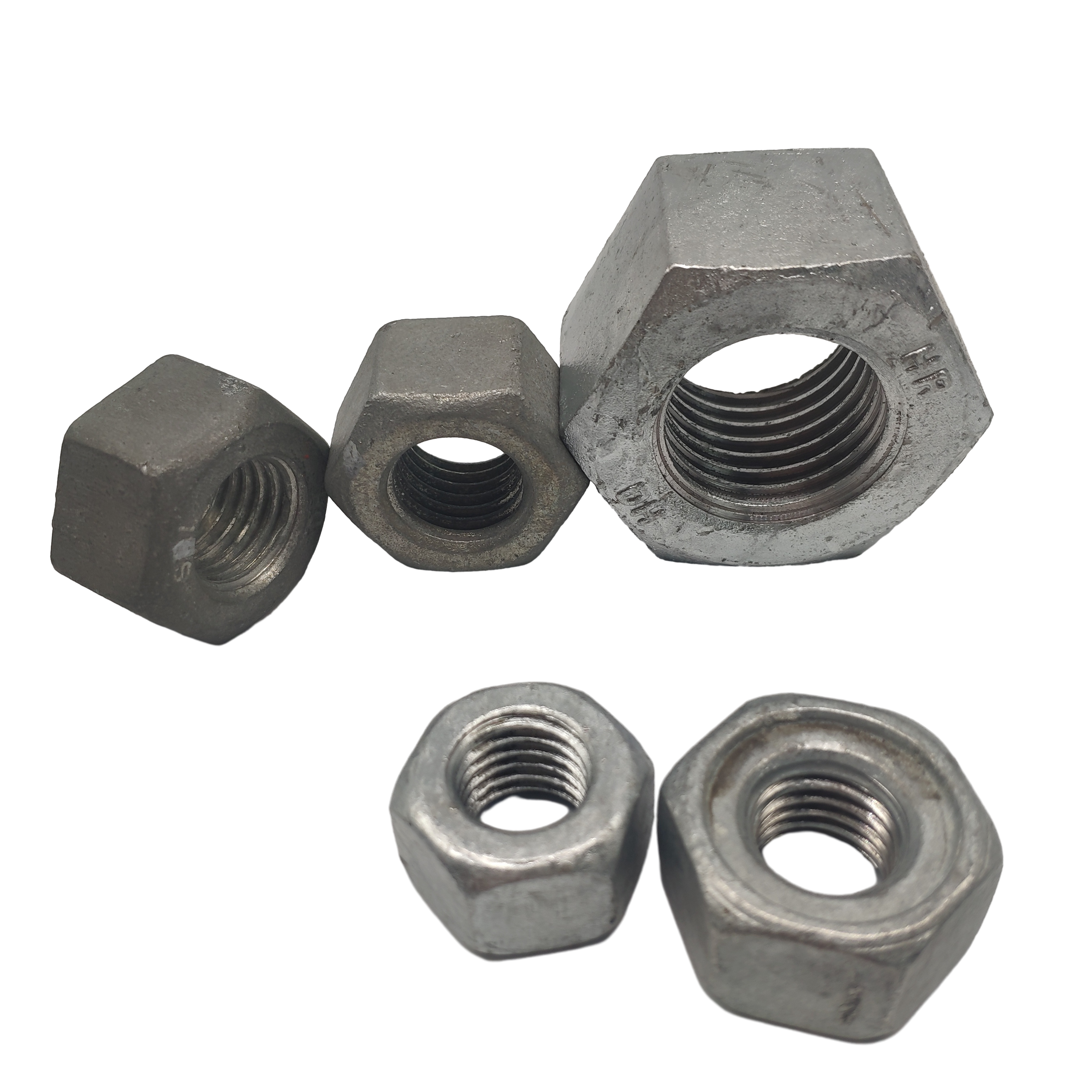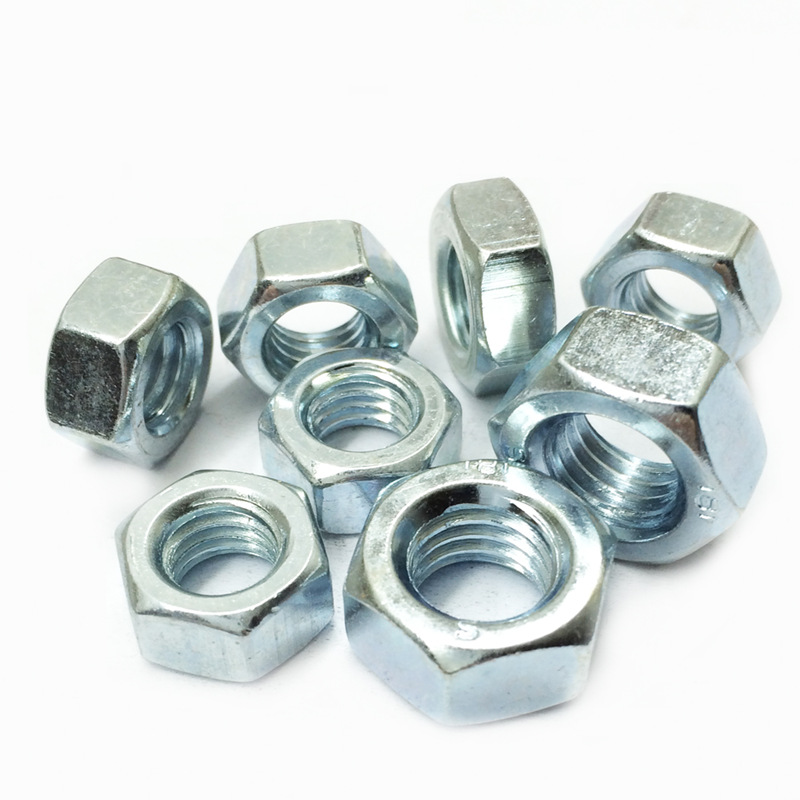Essential Fastening Components: Understanding Hex Nuts' Role in Modern Industries
In the intricate world of construction and machinery, hex nuts stand as fundamental components that quite literally hold everything together. These six-sided mechanical fasteners play a crucial role in countless applications, from towering skyscrapers to precision manufacturing equipment. Modern engineering relies heavily on hex nuts to create secure, reliable connections that can withstand immense pressure, vibration, and environmental challenges.
The versatility and reliability of hex nuts have made them indispensable in both construction projects and machinery assembly. Their simple yet effective design, featuring six flat sides for easy gripping and installation, has remained largely unchanged for decades - a testament to their engineering excellence. As we delve deeper into their applications, we'll discover how these modest components contribute to the stability and functionality of our built environment.
Structural Applications in Construction
Building Framework and Support Systems
In construction, hex nuts are essential for assembling structural steel frameworks. They secure critical connections in beam-to-column joints, ensuring the stability of entire buildings. When paired with high-strength bolts, hex nuts create connections that can withstand enormous loads and maintain structural integrity for decades. Engineers carefully specify the grade and size of hex nuts based on load calculations and safety factors.
Bridge construction particularly relies on hex nuts for their durability and load-bearing capabilities. These fasteners secure massive steel girders and help distribute weight evenly across support structures. The use of specialized coating systems on hex nuts prevents corrosion in exposed outdoor conditions, extending the lifespan of these crucial connections.
Infrastructure Development
Infrastructure projects such as highway overpasses, railway tracks, and utility installations depend heavily on hex nuts. They secure guard rails, sign posts, and various safety equipment along roadways. In railway construction, hex nuts hold rail plates to wooden or concrete sleepers, ensuring track stability under heavy train loads. Their resistance to vibration and ability to maintain tension make them ideal for these demanding applications.
Underground infrastructure also benefits from the reliable fastening provided by hex nuts. They secure pipe flanges in water distribution systems and help anchor heavy equipment in wastewater treatment facilities. The careful selection of corrosion-resistant materials for hex nuts ensures long-term reliability in these challenging environments.
Industrial Machinery Applications
Manufacturing Equipment Assembly
Industrial machinery relies extensively on hex nuts for assembly and maintenance. Production line equipment, conveyor systems, and automated manufacturing cells all incorporate these essential fasteners. The precision manufacturing of hex nuts ensures consistent thread engagement and reliable torque retention, critical for maintaining equipment alignment and preventing costly downtime.
Heavy machinery such as hydraulic presses and forming equipment requires especially robust hex nuts to handle extreme forces and continuous operation. These applications often utilize specialized locking features or thread treatments to prevent loosening under vibration, ensuring safe and reliable operation.
Power Generation and Processing Equipment
In power plants and processing facilities, hex nuts secure critical components in turbines, generators, and pumping systems. The extreme operating conditions in these environments demand high-performance fasteners that can withstand thermal cycling and maintain structural integrity. Engineers specify particular grades and materials of hex nuts based on temperature ranges and chemical exposure.
The petrochemical industry relies on hex nuts in high-pressure vessel assembly and pipeline connections. These applications require certified fasteners that meet stringent industry standards for safety and reliability. Regular inspection and maintenance of these connections helps prevent leaks and ensures continuous operation of processing facilities.

Specialized Applications and Innovations
Advanced Materials and Coatings
Modern hex nuts feature innovative materials and surface treatments that enhance their performance in specific applications. Stainless steel variants offer superior corrosion resistance for marine and chemical processing environments. Specialized coatings provide additional protection against harsh conditions while improving torque consistency during installation.
Recent developments in nano-coating technology have produced hex nuts with exceptional wear resistance and anti-galling properties. These innovations extend service life and reduce maintenance requirements in demanding applications. Self-lubricating coatings facilitate installation and removal while maintaining proper preload in the fastened joint.
Smart Fastening Systems
The integration of sensor technology with hex nuts has created new possibilities for monitoring structural integrity and maintenance planning. These smart fasteners can detect loosening, overload conditions, or fatigue damage before failure occurs. The data collected helps maintenance teams optimize inspection schedules and prevent unexpected equipment failures.
Recent advances in manufacturing techniques have also produced hex nuts with improved load distribution and fatigue resistance. These developments particularly benefit applications in renewable energy systems, such as wind turbines, where fastener reliability directly impacts operational efficiency and maintenance costs.
Frequently Asked Questions
What factors should be considered when selecting hex nuts for construction projects?
When choosing hex nuts for construction applications, several key factors must be considered: load requirements, environmental conditions, material compatibility, coating specifications, and relevant industry standards or building codes. The selection process should also account for installation methods, maintenance access, and long-term durability requirements.
How do hex nuts maintain their grip under vibration and dynamic loads?
Hex nuts maintain their grip through various design features and locking mechanisms. These include prevailing torque features, mechanical locks, or chemical thread treatments. Proper installation torque and regular maintenance checks are also essential for ensuring continued performance under dynamic loading conditions.
What are the latest innovations in hex nut technology?
Recent innovations include smart sensing capabilities, advanced anti-corrosion coatings, self-locking features, and improved materials for enhanced strength-to-weight ratios. These developments focus on increasing reliability, reducing maintenance requirements, and improving installation efficiency across various industrial applications.

